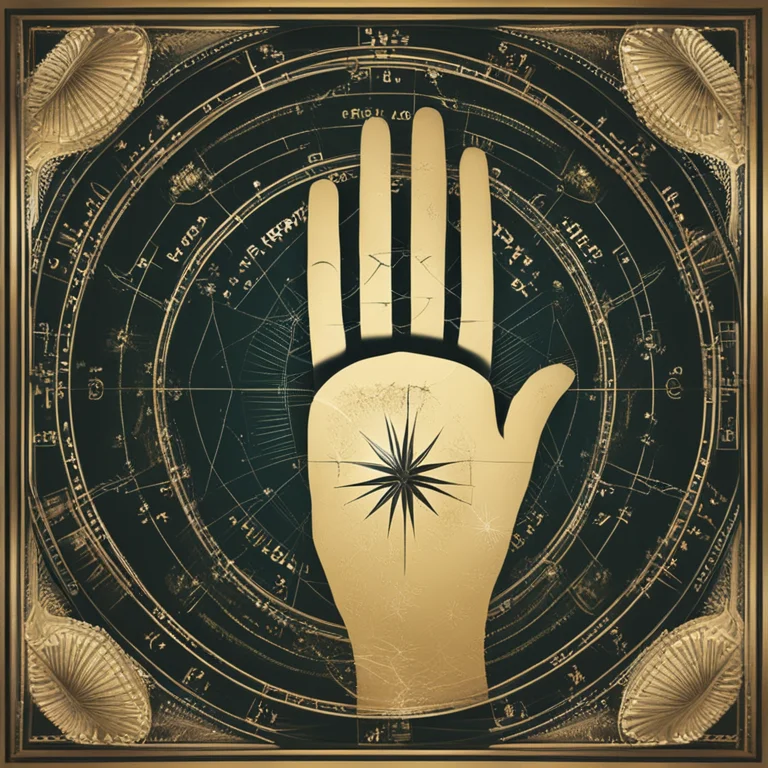
Exploring The Validity of Palmistry: A Rational Inquiry
Is palmistry a credible practice or mere superstition? Dive into a rational exploration of palm reading's legitimacy and its place in the modern world.
article by Nora Pennington
Introduction to Palmistry
Palmistry, or chiromancy, has been a subject of fascination for centuries, providing insights into one's character and possible future through the study of the palm. Yet, in today's age of science and technology, one cannot help but question the veracity of this ancient practice. This article aims to explore palmistry with a critical eye, examining its historical origins, the principles on which it stands, and the evidence that challenges or supports its legitimacy as we move into 2024 and beyond.

Historical Context and Modern Perspective
The art of palmistry dates back to ancient civilizations, with its roots in India, China, and Greece. Throughout history, it has traveled across cultures, acquiring various interpretations and techniques. Despite its ancient origins, it has found a place in the modern esoteric community, adapting to contemporary values. Palmistry's relevance today often intertwines with psychological analysis, potentially giving it a new layer of legitimacy in the eyes of some enthusiasts.

Palmistry's Principles under Scrutiny
The principles of palmistry are based on reading the lines, shapes, and mounts of the hand. Proponents argue that these features correlate with an individual's personality and life events. Critics, however, question the scientific basis of these correlations. In recent years, interdisciplinary studies involving genetics and developmental biology have provided limited insights into these correlations, yet the evidence remains largely anecdotal.

Evidence and Anecdotal Support
Palmistry's support mainly comes from anecdotal evidence, with practitioners providing testimonials of accurate readings. Although compelling, the plural of anecdote is not data, and the scientific community insists on rigorous empirical evidence. Studies that approach palmistry with scientific methodology are scarce, and results are often inconclusive, keeping the practice firmly outside the realm of evidenced-based science.

Cognitive Biases and Palm Reading
Palm readings often rely on a reader's interpretation, which can lead to cognitive biases such as the Barnum effect, where individuals believe in vague, general statements as being highly personal. This psychological phenomenon plays a significant part in the belief in palmistry. As we become more aware of cognitive biases in the information age, it's critical to consider their impact on practices like palmistry.
Modern Tech and Ancient Practices
Recent advancements in technology have added a new dimension to palmistry, with apps and online readings gaining popularity. These platforms use algorithms and databases to offer palm readings, suggesting a melding of technology with tradition. However, these tech-based readings still lack scientific validation, although they may increase accessibility and renew interest in the ancient practice.
Rational Analysis and Personal Belief
In conclusion, while we continue to seek understanding of our lives and futures, palmistry remains a topic of personal belief rather than scientific fact. As we move further into the 21st century, a rational analysis suggests that palmistry, like other forms of divination, operates more within the realms of entertainment and self-reflection than empirical truth. It is our individual responsibility to discern fact from faith, science from superstition.
Published: 1/11/2024
Modified: 1/12/2024
More predictions
Come back here soon to learn more about yourself and your future


Unlocking Palm Lines for Career Success
Discover the secrets of your palms and what they suggest about your professional journey. Learn to read palm lines for insights into your career path.


Guide to Palm Reading: Lines and Interpretations
Discover the ancient art of palmistry with our concise guide to reading palms and understanding their meaning for life and personality insights.


The Secrets of the Jupiter Mount & Palmistry
Discover the significance of the Jupiter Mount in palm reading and how it reflects your leadership and ambition.